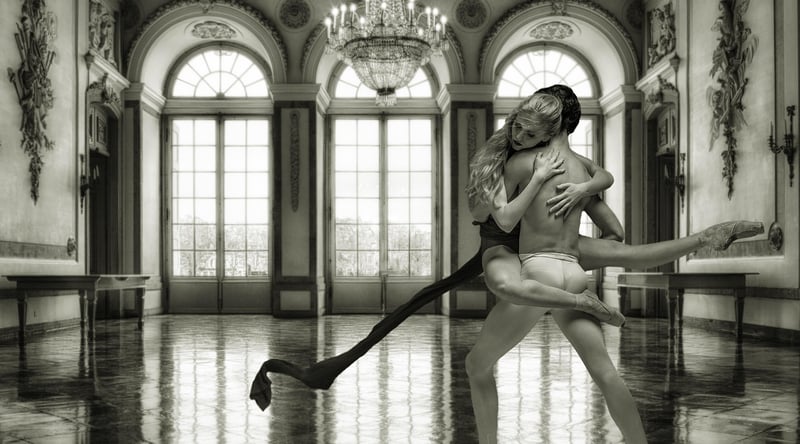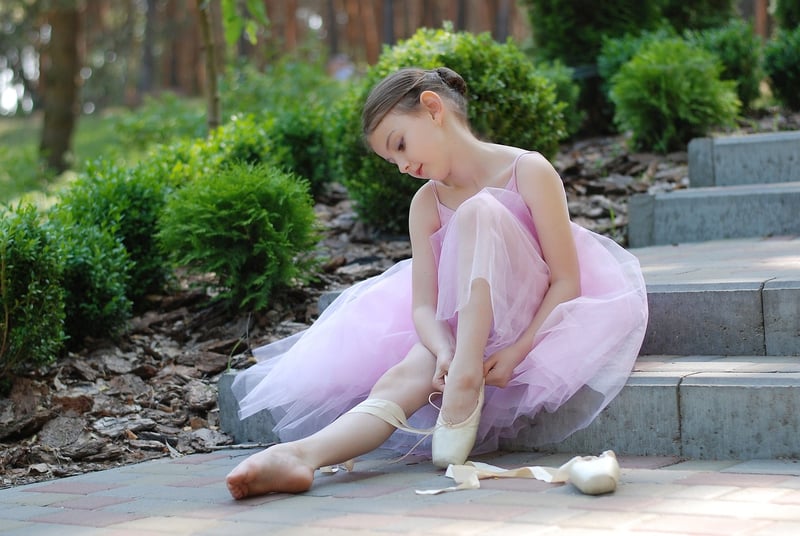Salsa
The Art of Expression and Movement in Salsa Dancing

Introduction to Salsa Dancing
Salsa dancing is not just a dance; it's an expression of emotions and movements that captivate both dancers and spectators. This lively and rhythmic dance form originated in the Caribbean and Latin America, with influences from various styles such as Mambo, Cha Cha Cha, and Rumba.
The Importance of Expression
Expression is at the heart of salsa dancing. Dancers use their body movements, facial expressions, and energy to convey the emotions and story of the music they are dancing to. Whether it's the passion of a love song or the excitement of an upbeat rhythm, salsa dancers immerse themselves in the music and express it through their movements.
The Art of Movement
Fluidity, grace, and precision are key elements of salsa dance movements. From intricate footwork to sensual body rolls, each movement in salsa dancing is carefully crafted to complement the music and convey the emotions of the dance. Dancers often engage in intricate partner work, where leading and following are essential to create a seamless and harmonious dance.
Benefits of Salsa Dancing
- Improves cardiovascular health
- Enhances coordination and balance
- Boosts confidence and self-expression
- Provides a social and fun form of exercise
Where to Learn Salsa Dancing
If you're interested in learning salsa dancing, look for local dance studios, community centers, or salsa clubs that offer classes for beginners to advanced dancers. Many instructors also host workshops and social dance events where you can practice your skills and meet fellow salsa enthusiasts.
So, immerse yourself in the world of salsa dancing, where expression and movement come together to create a vibrant and exhilarating dance experience!

Image sources: Salsa Dancing Couple, Salsa Dancing
